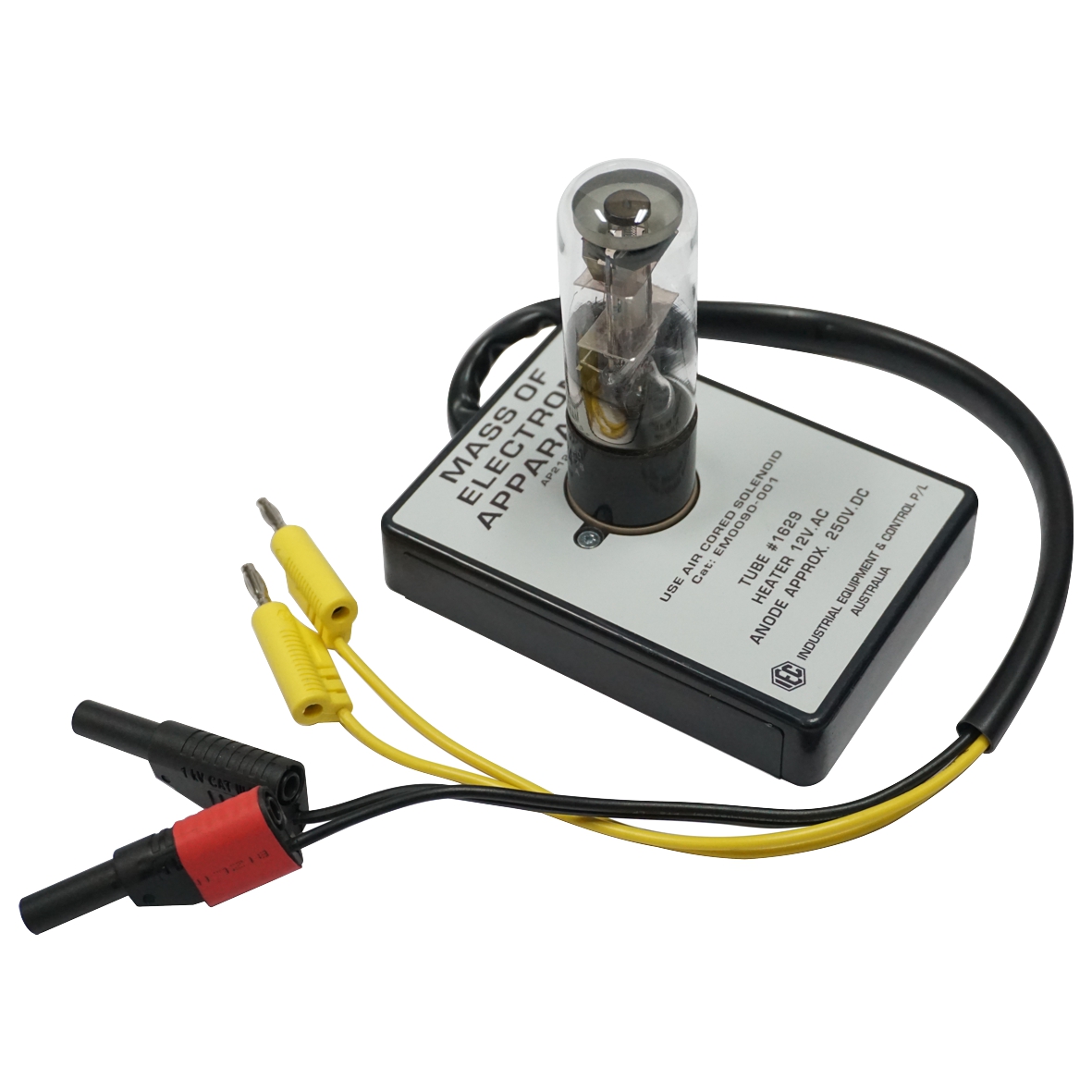

From the calculations, he found that different droplets had different charges. Millikan then applied the equations describing these forces to calculate the charge on the droplets. At this point, the droplet appeared suspended in the compartment. Millikan then adjusted the electric field between the top and middle plate until such a point that the electrostatic pull on the droplet was equal to the gravitational pull. These electrons were then attracted to and settled on the oil droplets, turning them into charged oil droplets. These x-rays knocked out electrons from surrounding air molecules in the compartment.

As they fell through, Millikan fired x-rays into the middle compartment. As Millikan sprayed tiny oil droplets into the top compartment, some were attracted and fell through the hole into the middle compartment. The top plate is positively charged and has a hole drilled in its center, while the bottom plate is negatively charged without a hole drilled in its center. These compartments are separated by two plates. Here is an illustration of the drum and its compartments: Millikan oil drop experimentĪs you can see, the drum consists of a top and middle compartment. To determine the charge on an electron, Millikan sprayed tiny oil droplets into the top compartment of a drum. How Millikan determined charge of electron and how charge was used to calculate mass of electron


 0 kommentar(er)
0 kommentar(er)
